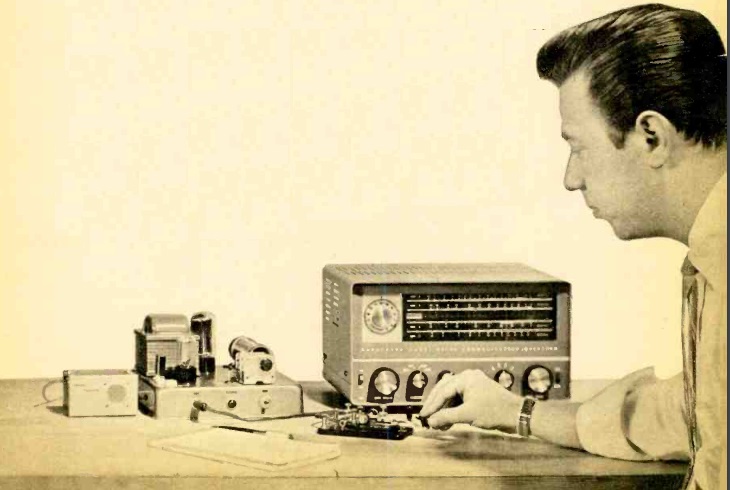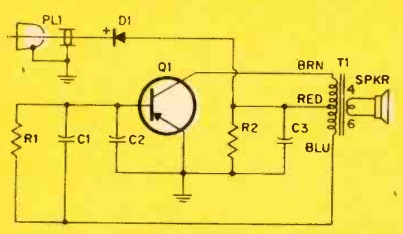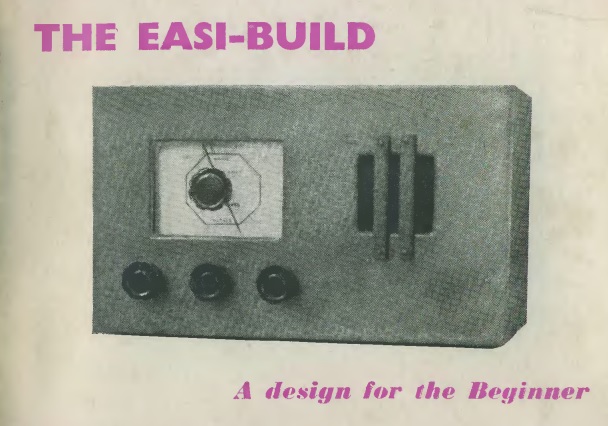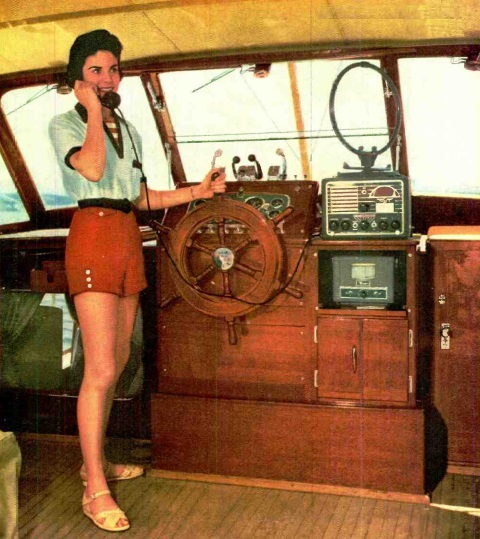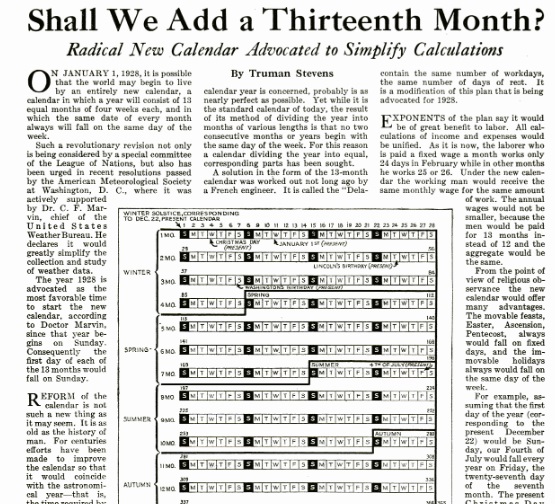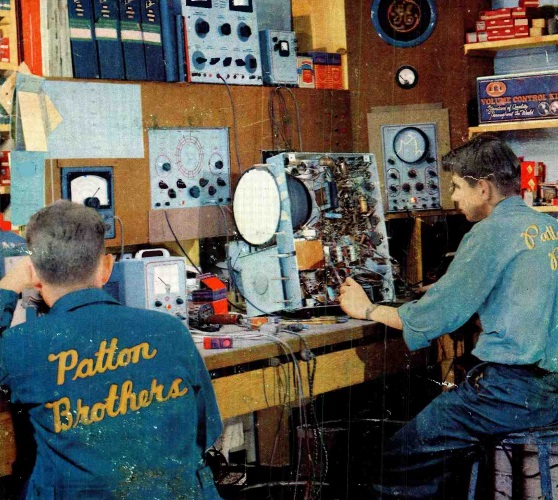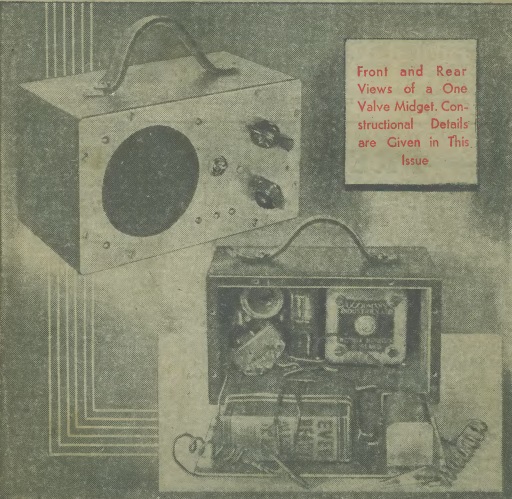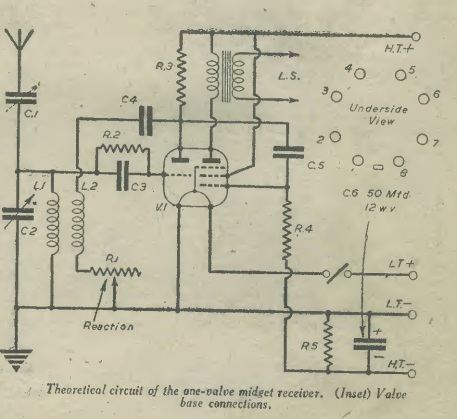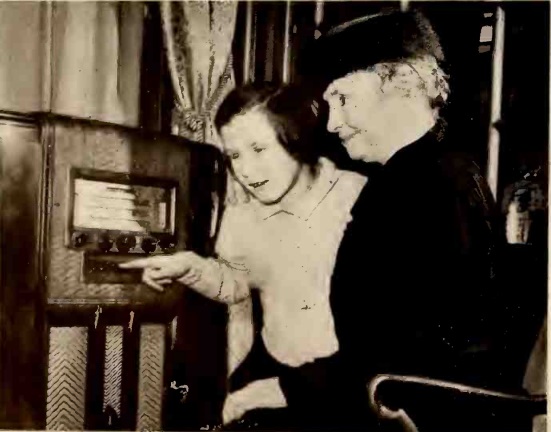 This photo, from the September 1939 issue of Radio Today, shows Helen Keller at her GE radio. Even though she was both blind and deaf, she was a zealous advocate for radios for the blind. The magazine suggested that many blind and invalid persons had the financial means to buy a radio.
This photo, from the September 1939 issue of Radio Today, shows Helen Keller at her GE radio. Even though she was both blind and deaf, she was a zealous advocate for radios for the blind. The magazine suggested that many blind and invalid persons had the financial means to buy a radio.
But it also reminded dealers that they should “see that every blind person has a radio,” and made the following suggestion:
Junior League and other workers are, therefore, approaching their well-to-do friends with this proposition:
“That old radio of yours is out-of-date and should be replaced with a modern set. The radio man who sells you the new set has agreed with us that he will overhaul the old radio and put it in the best possible condition. Then we will send it to poor, old blind Mrs. Jones–as a gift from you! In this way you will have the double satisfaction of having a fine new 1940 radio for yourself, and giving a helpless blind person uncounted hours of pleasure.” The offer usually works, and a fine new radio is sold.
According to this 1929 article, Helen Keller “listened” to music on the radio by placing her fingers on the speaker.

